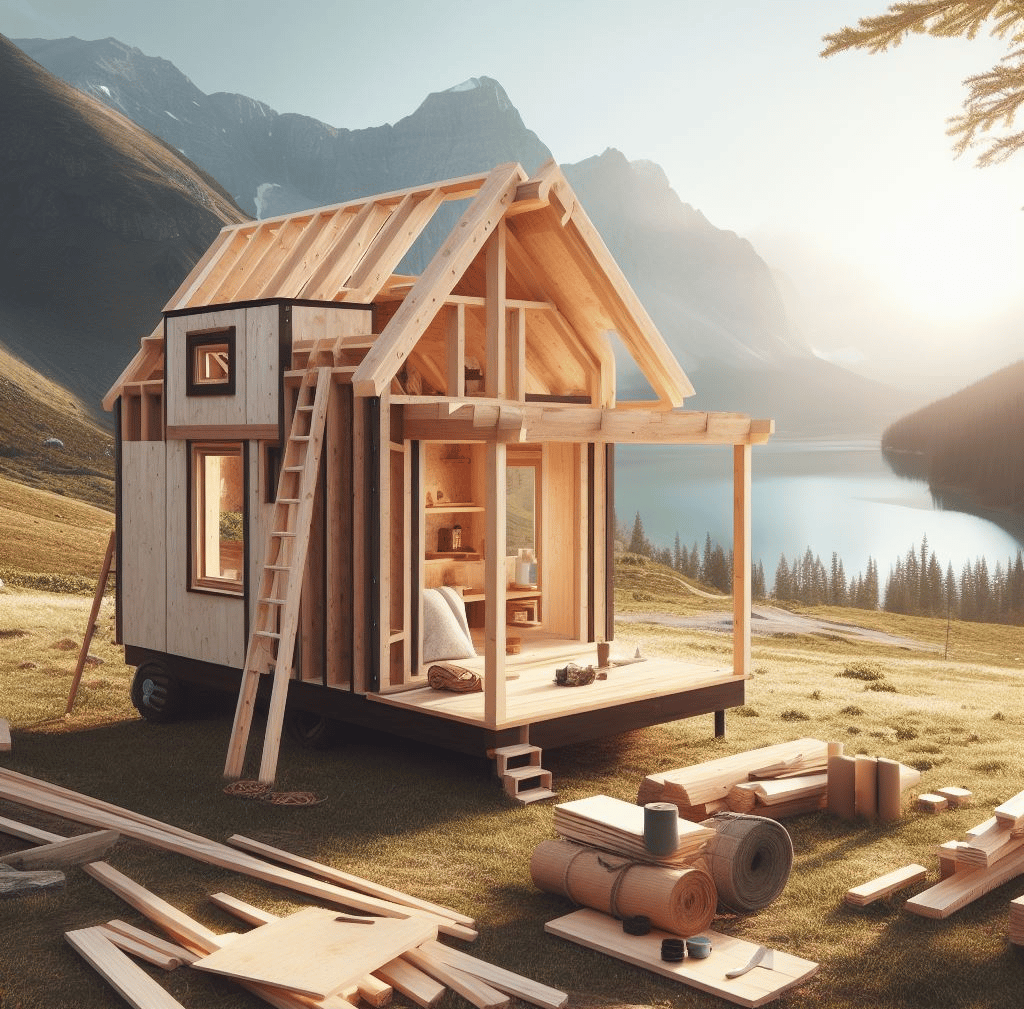Minimalist Tiny Homes: Embracing Sustainable Slow Living
The minimalist tiny house movement emphasizes sustainable living through responsible architecture and design. With compact, efficiently planned spaces built using eco-friendly materials, tiny homes enable homeowners to reduce consumption and live light. Their timber-centric construction and connection to nature support biophilic values. And their flexibility and affordability provide an appealing alternative to traditional housing. As tiny living gains popularity, it promotes positive implications for minimalist interior design, green building practices, and the ability to live deliberately. For those seeking financial freedom, sustainability, and a slower pace of life, tiny homes offer big benefits in small packages.
11/7/20232 min read


The tiny house movement has been gaining popularity in recent years as more people look to downsize their living spaces and embrace a minimalist, sustainable lifestyle. Key features of many modern tiny homes include "slow living" architecture as well as timber-centric design.
Slow living architecture refers to homes built for simplicity, efficiency, and connection to nature. They are designed to enable owners to live deliberately, reduce stress, and focus on experiences over materialism. Timber construction using reclaimed wood or sustainable new lumber also aligns with eco-conscious values.
Trends in Minimalist Tiny Home Design
Leading tiny home builders like Escape, Rocky Mountain Tiny Houses, and Minimaliste are creating small footprints with lots of style and functionality. Common interior design elements include:
Multi-functional furniture like beds that convert to couches
Built-in shelving and storage space
Open floor plans with sliding doors instead of walls
Large windows and skylights for natural light
Green building materials like bamboo floors
Space saving fixtures like corner sinks and toilets
On the exterior, tiny homes highlight natural wood siding and creative use of exterior space through features like rooftop decks. Their portability lends itself to off-grid living.
Benefits for Homeowners and the Environment
The average American home size has nearly doubled over the last 50 years to over 2,600 square feet per household. Large homes require more resources to build and maintain. Tiny living provides an attractive, more sustainable alternative.
For homeowners, tiny houses allow:
Cheaper and easier construction than traditional homes
Financial freedom from high mortgage payments
Flexibility to move locations
Lower utility and maintenance costs
Opportunity to build equity and gain homeownership
Environmental benefits include:
Less land space required for housing
More efficient energy usage
Shorter construction time and less building waste
Ability to use recycled and eco-friendly materials
Potential for off-grid living with reduced environmental impact
Implications for Architecture and Construction
The popularity of tiny homes is influencing architecture and construction in positive ways. Some impacts include:
Focus on efficient, multi-functional space planning
Use of green materials and building techniques
Lower-cost, DIY-friendly construction methods
Modular, pre-fabricated home designs
Innovation in heating, cooling, and renewable energy systems tailored to small spaces
New business opportunities for builders, contractors, architects, and designers
Whether used as a primary residence or secondary dwelling, tiny homes exhibit smart use of space. Their minimalist aesthetic and sustainable features support living lightly on the planet. For many, micro-living reflects larger values of simplicity, freedom, and environmental responsibility.
The minimalist interior design of tiny homes lends itself well to sustainable furnishings. Furniture made from recycled or repurposed materials like denim adds character while reducing waste. Multi-functional pieces help maximize usable space. And smaller-scale furniture proportions suit the tiny home aesthetic. Choosing furnishing with reclaimed woods or non-toxic finishes aligns with eco-conscious principles.
Bringing nature indoors is also essential for tiny home living. Houseplants provide greenery as well as natural air purification. They can transform small spaces through biophilic design, which highlights humanity's innate connection with the natural world. A few lush, oxygen-producing plants nourish body and spirit within a tranquil, minimalist oasis.
